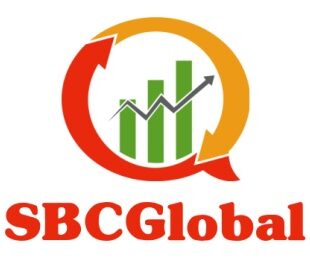Price tracking sites are a valuable resource for online shoppers. By providing up-to-date pricing information on a variety of products, these sites help consumers make informed purchasing decisions. But how do these sites gather their data? And just how accurate are their price comparisons? In this article, we will take a closer look at how price tracking sites collect and compile their data.
Price tracking sites gather data from a variety of sources
This data can be sourced from the manufacturer, retailer or wholesale supplier.
Manufacturer – Many manufacturers have their own product API which allows third-party providers to access and view product information in real time. This includes pricing, availability and other details related to the product.
Retailer – Retailers often have an online presence that allows customers to purchase goods directly from them. Price tracking sites use web crawlers to locate these retail sites and gather information about product prices and availability.
Wholesale Supplier – Wholesale suppliers buy in bulk from the manufacturer or distributor, then sell their goods at a lower price than retailers do. Price tracking sites use web crawlers to locate these wholesale suppliers and gather information about pricing, availability and other details related to the product.
They use algorithms to compare prices and find the best deals
Price tracking sites monitor the prices of products across different retailers to find the best deals for their customers. To do this, they use advanced algorithms and sophisticated software programs to compare prices and determine which sources offer the lowest price.
The data that these sites use is collected from a variety of sources including online marketplaces, brick-and-mortar stores, manufacturers’ websites, product review websites, discount codes websites, coupon sites and sales flyers.
They keep track of changes in prices over time
For products sold online, price tracking sites are able to scrape pricing information directly from ecommerce websites. They use web scraping techniques to extract pricing data for certain items or categories of items and then store this information in their own databases for analysis over time.
Price tracking sites may also receive their data from third-party sources such as wholesalers, manufacturers, and retailers who provide up-to-date pricing information about their products. These sources typically have access to more accurate prices than what’s available publicly online because they receive updates directly from the source.

